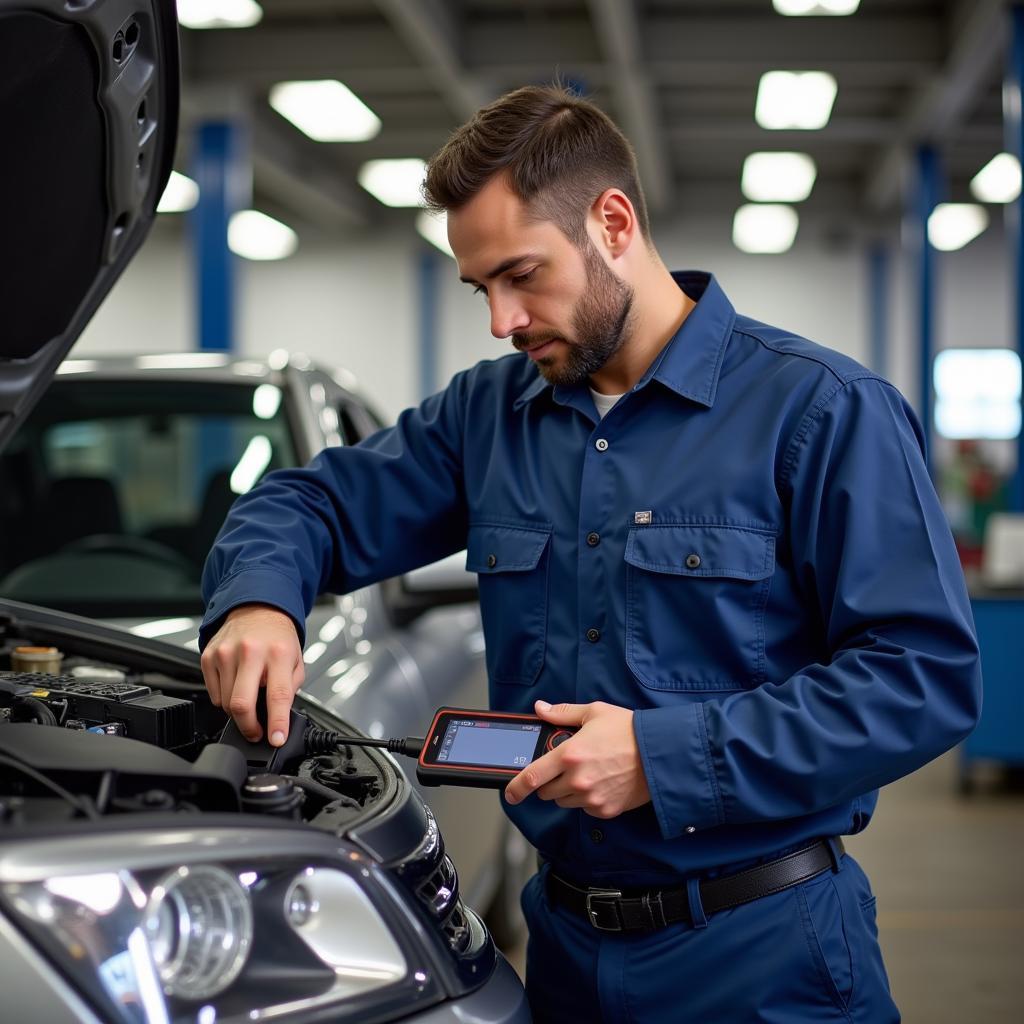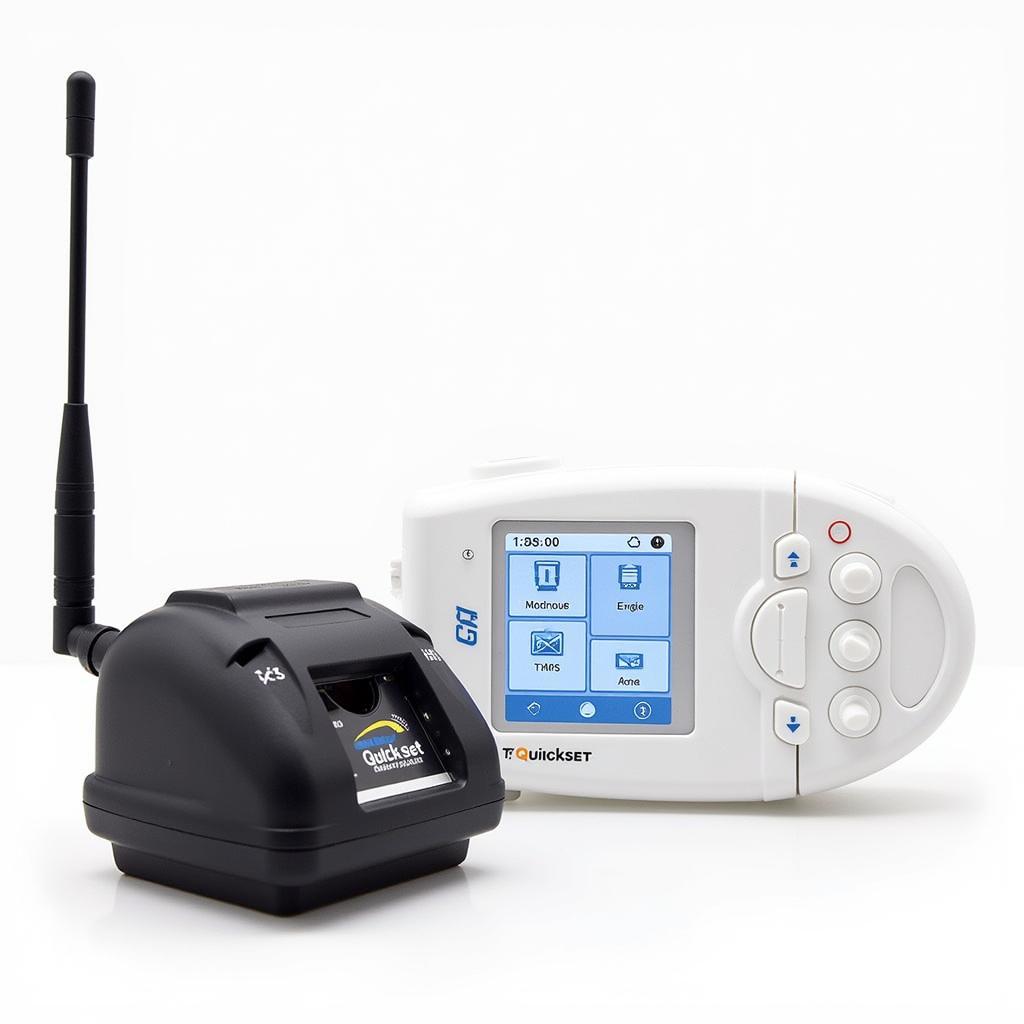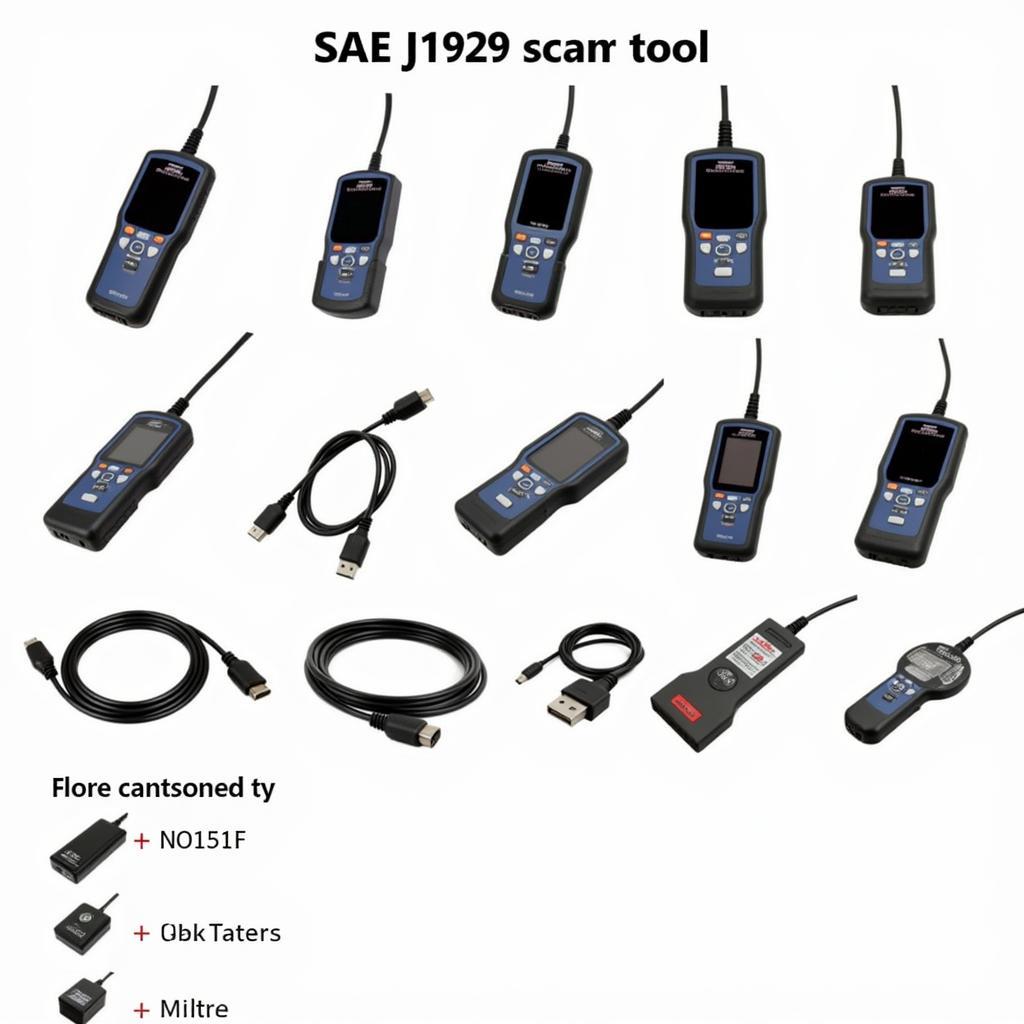Bleeding your car’s brakes is an essential maintenance task that ensures optimal braking performance. While many modern vehicles benefit from using a scan tool for this procedure, it’s not always necessary. This comprehensive guide will walk you through the steps on how to bleed brakes without a scan tool, providing you with the knowledge and confidence to tackle this task yourself.
Understanding Brake Bleeding and Why It’s Crucial
Before diving into the process, let’s understand why bleeding brakes is essential. Over time, air bubbles can develop within the brake lines, reducing the hydraulic pressure needed for effective braking. This can lead to a spongy brake pedal feel and significantly reduce your car’s stopping power, compromising safety.
Bleeding the brakes involves flushing out these air bubbles, replacing the old brake fluid with fresh fluid, ensuring optimal hydraulic pressure and restoring your brakes to their intended performance.
Gathering Your Tools and Materials
Before you begin, gather the following tools and materials:
- Wrench set: To loosen and tighten the bleeder valves.
- Clear tubing: To attach to the bleeder valve and route the old fluid into a container.
- Container: To collect the old brake fluid.
- Fresh brake fluid: Use the type specified in your car’s owner’s manual.
- A helper: An extra pair of hands makes this job significantly easier.
- Jack and jack stands: To safely lift and support your vehicle.
- Gloves and eye protection: Brake fluid is corrosive and can irritate skin and eyes.
Step-by-Step Guide to Bleeding Brakes Without a Scan Tool
Follow these steps to bleed your car’s brakes effectively:
-
Park on a Level Surface: Ensure your vehicle is parked on a level surface and engage the parking brake.
-
Locate the Bleeder Valves: Consult your owner’s manual to locate the bleeder valves on each wheel. They’re usually found on the back of the brake caliper or wheel cylinder.
-
Prepare the First Brake Line: Starting with the wheel farthest from the master cylinder (usually the right rear), attach the clear tubing to the bleeder valve. Place the other end of the tubing into your container.
-
Add Brake Fluid: Check the brake fluid level in the master cylinder reservoir and top it off if necessary.
-
The Two-Person Method: Have your helper press down on the brake pedal several times until it feels firm, then hold it down.
-
Open the Bleeder Valve: While your helper maintains pressure on the brake pedal, use your wrench to slightly open the bleeder valve. You should see old brake fluid and air bubbles flowing through the tubing.
-
Close the Valve, Release the Pedal: Once the fluid flow slows down, close the bleeder valve tightly. Your helper can now release the brake pedal.
-
Repeat the Process: Repeat steps 5-7 for each wheel, ensuring the master cylinder reservoir doesn’t run dry. Refill as needed.
-
Check for Leaks and Pedal Feel: Once you’ve bled all four wheels, double-check for any leaks around the bleeder valves. Start the engine and press the brake pedal several times. It should feel firm and responsive.
Important Considerations and Tips
- Bleeding Sequence: Always follow the recommended bleeding sequence specified in your car’s owner’s manual.
- Fluid Type: Using the incorrect brake fluid type can damage your brake system. Consult your owner’s manual for the correct specification.
- Air in the System: If you encounter persistent air bubbles or a spongy pedal feel after bleeding, there might be air trapped in the ABS system. In such cases, it’s best to consult a professional mechanic.
Conclusion
While using a 2010 ford brake bleed scan tool can simplify the process, bleeding brakes without one is an achievable task with the right knowledge and tools. By following this guide carefully, you can ensure your car’s braking system remains in top condition, providing you with safe and reliable stopping power.
For more complex diagnostic and repair procedures, consider using professional-grade tools such as a car soft scanner or a scan tool with electronic parking brake tool. Remember, safety should always be your top priority. If you’re unsure about any aspect of bleeding your brakes, don’t hesitate to contact a qualified mechanic.
Need expert assistance with your car’s brake system or looking for high-quality diagnostic tools? Contact ScanToolUS at +1 (641) 206-8880 or visit our office at 1615 S Laramie Ave, Cicero, IL 60804, USA.



